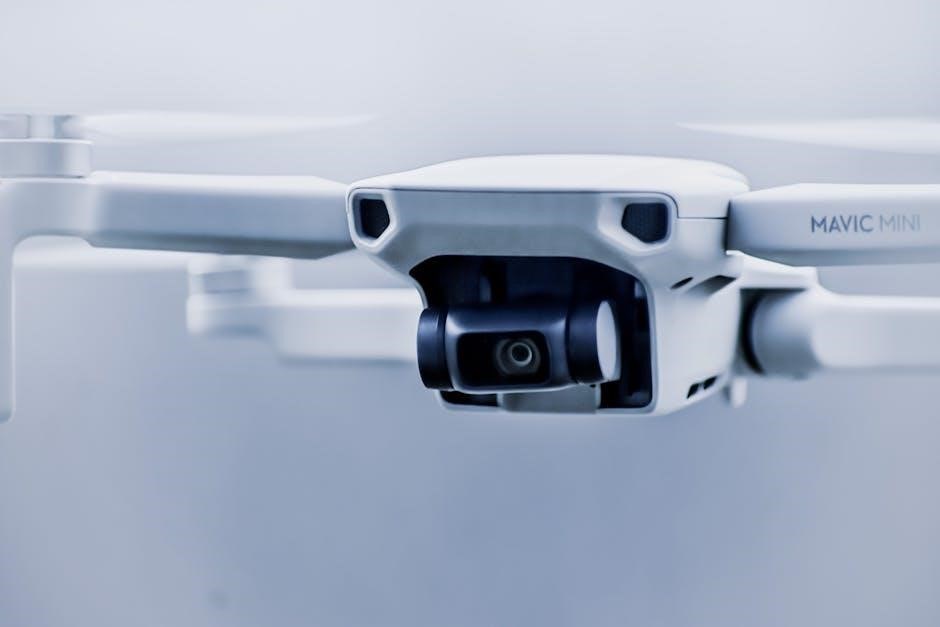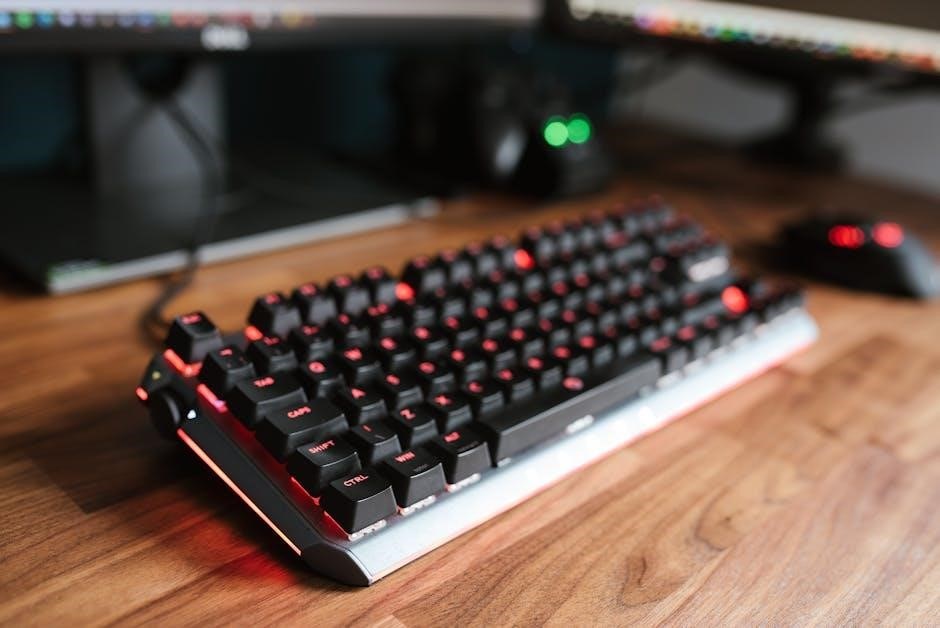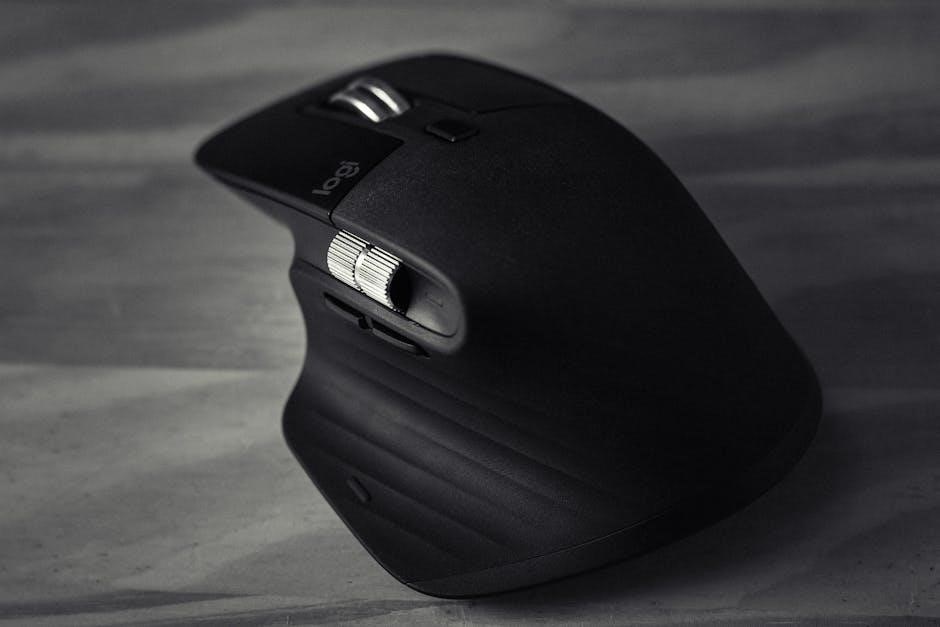md-83 lubrycation issues on horizontal stabilizer trim system pdf
The MD-83 aircraft experienced lubrication issues with its horizontal stabilizer trim system, affecting flight safety and control, requiring immediate attention and resolution to prevent accidents and ensure passenger safety always.
Background of the Problem
The MD-83 aircraft, a variant of the McDonnell Douglas MD-80 series, has a critical component known as the horizontal stabilizer trim system, which plays a crucial role in maintaining the aircraft’s pitch attitude during flight. The system’s proper functioning is essential for ensuring the safety of passengers and crew. The horizontal stabilizer trim system is also used in other Douglas and McDonnell Douglas aircraft, including the DC-9, MD-80/90, and Boeing 717 series. The system’s design and certification have been subject to scrutiny, particularly with regards to lubrication and inspection of the jackscrew assembly. The use of inappropriate grease types or incompatible mixtures of grease types can have potential adverse effects on the system’s performance. As a result, it is essential to understand the background of the problem to identify the root causes of the lubrication issues and develop effective solutions to prevent similar problems from occurring in the future. The MD-83’s horizontal stabilizer trim system is a complex component that requires regular maintenance and inspection to ensure its proper functioning.

Cause of the Failure
Insufficient lubrication caused excessive wear and failure of the jackscrew assembly in the MD-83’s horizontal stabilizer trim system always requiring immediate attention and resolution to prevent accidents.
Insufficient Lubrication Leading to Excessive Wear
The MD-83’s horizontal stabilizer trim system experienced insufficient lubrication, leading to excessive wear on the jackscrew assembly, which is a critical component of the system. This wear caused the assembly to fail, resulting in a loss of control of the aircraft. The lubrication issues were attributed to the use of inappropriate grease types or incompatible mixtures of grease types, which exacerbated the wear on the jackscrew assembly. The failure of the jackscrew assembly led to a catastrophic failure of the horizontal stabilizer trim system, making it impossible for the crew to control the aircraft’s pitch attitude. The importance of proper lubrication and maintenance of the horizontal stabilizer trim system cannot be overstated, as it is a critical component of the aircraft’s safety systems. Regular inspection and maintenance of the system are essential to prevent such failures and ensure the safe operation of the aircraft.

Consequences of the Failure
Aircraft loss of control and crash into the ocean occurred due to failure of the horizontal stabilizer trim system, resulting in significant damage and loss of life, always requiring investigation.
Loss of Control and Crash
The loss of control and subsequent crash of the MD-83 aircraft was a direct result of the failure of the horizontal stabilizer trim system, which led to an uncontrollable nose-down pitch attitude.
The crew’s attempts to correct the problem were unsuccessful, and the aircraft ultimately crashed into the ocean, resulting in significant damage and loss of life.
The investigation into the crash revealed that the failure of the jackscrew assembly was caused by insufficient lubrication, which led to excessive wear and eventual failure of the system.
The crash highlighted the importance of proper maintenance and lubrication of critical aircraft systems to prevent such tragedies from occurring.
The incident also led to a review of the maintenance procedures and inspection intervals for the MD-83 aircraft to ensure that such a failure does not happen again in the future.
The safety of the passengers and crew is of utmost importance, and any failure of critical systems can have devastating consequences.

Investigation and Findings
Investigation revealed excessive wear caused by insufficient lubrication, leading to jackscrew assembly failure, confirmed through thorough analysis and testing of the system’s components and maintenance records always.
Probable Cause of the Accident
The probable cause of the accident was determined to be the failure of the horizontal stabilizer trim system’s jackscrew assembly, which was caused by excessive wear resulting from insufficient lubrication.
The investigation found that the lack of proper lubrication led to the degradation of the jackscrew assembly’s components, ultimately resulting in the failure of the system.
The failure of the jackscrew assembly caused the horizontal stabilizer to become stuck in a position that made it difficult for the pilots to control the aircraft’s pitch.
As a result, the aircraft entered a nose-down pitch attitude, and the pilots were unable to recover, leading to the crash.
The investigation highlighted the importance of proper lubrication and maintenance of the horizontal stabilizer trim system to prevent such accidents.
The findings of the investigation were used to develop new maintenance procedures and guidelines to ensure the safe operation of the MD-83 aircraft.
The accident served as a reminder of the importance of regular maintenance and inspection of critical systems to prevent failures and ensure the safety of passengers and crew.
The investigation’s conclusions and recommendations were implemented to prevent similar accidents from occurring in the future, and to improve the overall safety of the aircraft.

and Recommendations
Proper lubrication and maintenance are crucial for safe MD-83 aircraft operation and preventing accidents always with regular checks.
Importance of Proper Lubrication and Maintenance
The importance of proper lubrication and maintenance cannot be overstated, as it plays a critical role in ensuring the safe operation of the MD-83 aircraft. Regular lubrication of critical components, such as the horizontal stabilizer trim system, is essential to prevent excessive wear and tear. Failure to do so can lead to catastrophic consequences, including loss of control and accidents. The use of appropriate grease types and compatible mixtures is also crucial to prevent adverse effects on the system. By prioritizing proper lubrication and maintenance, airlines and maintenance personnel can help prevent accidents and ensure the safety of passengers and crew. This requires a proactive approach to maintenance, including regular checks and inspections to identify potential issues before they become major problems. Effective maintenance practices can help extend the lifespan of critical components and prevent costly repairs.

